The mullet wheel mountain bike – all you need to know about a mixed wheel set-up
For bikers who want to get the most out of their ride, the mixed-wheel mountain bike is rapidly growing in popularity

The mixed-wheel mountain bike is rapidly growing in popularity as one of the best mountain bike options for riders who want to get the most out of their ride. With a large wheel in front and a smaller one in the back, this innovative design has become known as the ‘mullet bike’, in reference to the classic mismatched haircut so beloved by hipsters, country music singers, and professional hockey players. But like the ‘party in the back, business in the front’ hairdo, if you don't mind looking different or standing out from the 'norm' the mullet MTB has several practical benefits.
Mullet wheels are a combination of two different wheel sizes in one wheelset set-up to change the riding characteristics of a bike with the smooth rolling capability of a larger front wheel and the playfulness of a smaller and lighter rear wheel. Mullet bikes have been around since the creation of the iconic penny farthing and have continued to evolve with the introduction of new wheel sizes.
The first commercially available mullet mountain bike, the Specialized Big Hit, was released in 2002 with a 26-inch front wheel and a 24-inch rear wheel. The Big Hit was popular although not necessarily because of its wheel setup and Specialized eventually moved to a 26-inch rear wheel in 2006.

Fast forward a few decades, and many manufacturers are finally starting to figure out the mullet MTB. Brands such as Atherton Bikes, Santa Cruz, Nukeproof, and Canyon all offer models specifically adapted to the mixed-wheel setup.
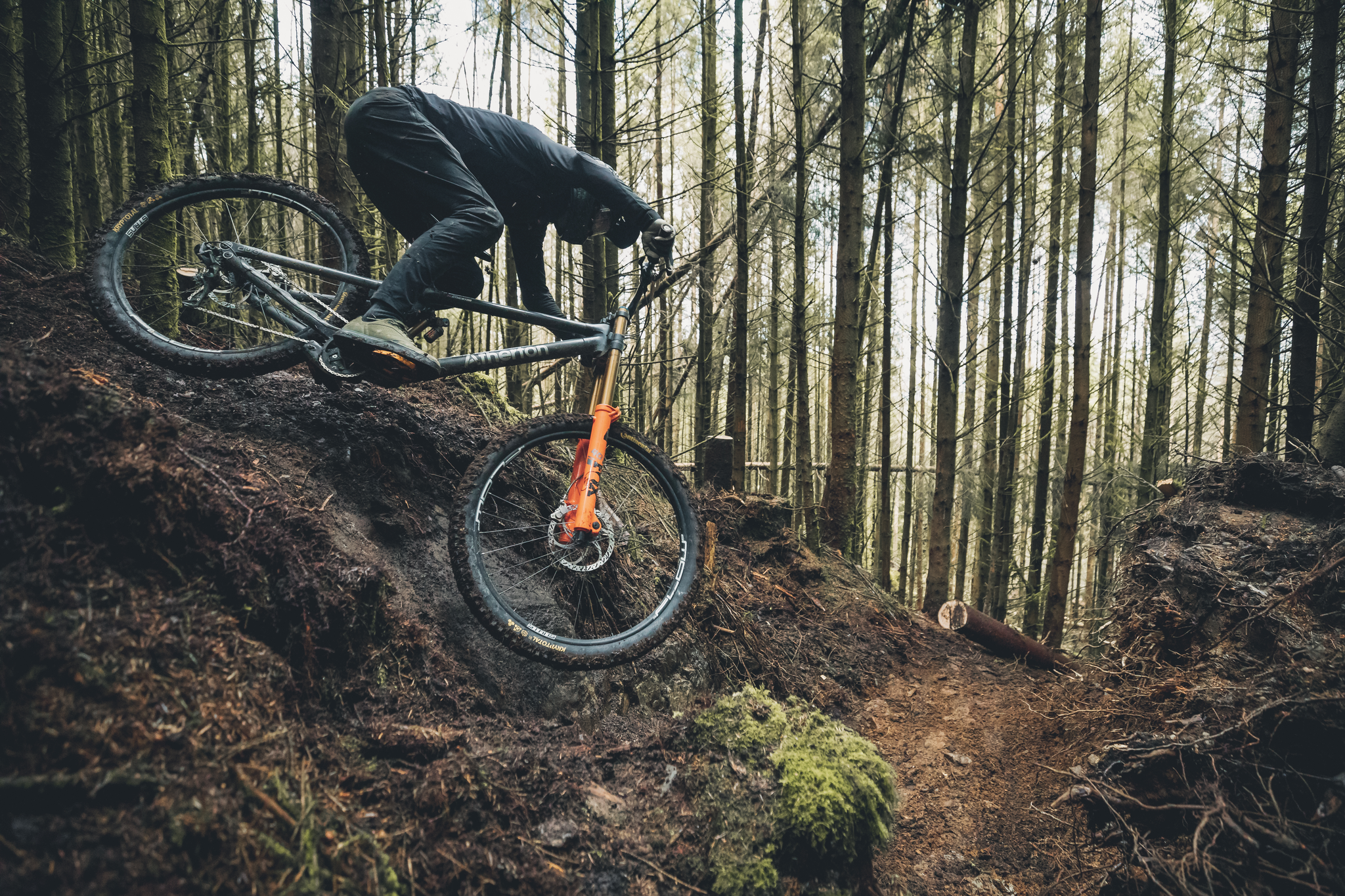
For example, Merida has given its latest One-Forty and One-Sixty bikes the option to run a 27.5 or 29-inch wheel in the rear. Thanks to a flip-chip in the rocker, either rear wheel size can be used without affecting the geometry of the bike.
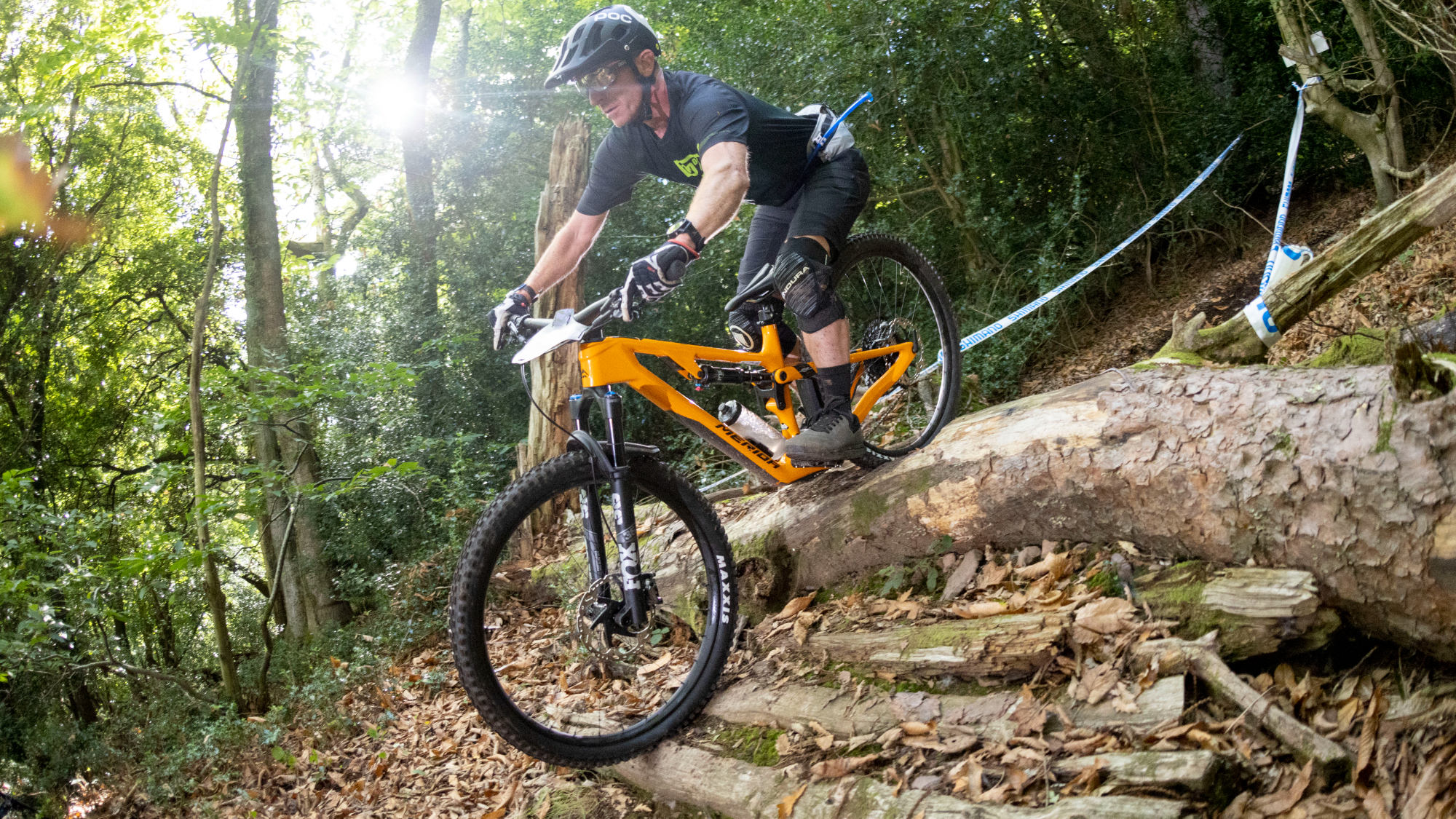
Mulling over a mullet? Here's the reasons why you should...
Much like the questionable fashion choice a mullet setup is named after, your ride will stand out from the crowd.
It's fun! A mullet brings back the playful feel you may have been missing.
With a large wheel in front, a mullet bike can tackle rough, rocky ground with minimum fuss. Off-road cyclists with experience will know that a 29er can withstand larger shocks for a gentler ride, and you’ll also have much more control as you navigate the tricky terrain.
Larger front wheels might improve your steering control, but this often comes at the expense of agility. With a mullet mountain bike, you won’t have to make this trade-off. The mullet MTB’s smaller rear wheels can stick to the inside line more, giving you that extra edge over opponents as they're going around the tightest corners.
Of course, a drawback of having big wheels is that your bike will be heavier. Mullet mountain bikes can offer the same shock resistance and control with a lower weight due to the smaller back wheel. This lightweight hybrid style reduces drag to move around quicker, which is invaluable for pros trying to shave a few precious seconds off lap or trial times.
Another advantage of having a smaller wheel in the back is that it’s a bit further away from you when you ride. This extra rear clearance can be helpful when racing down the steeper trails, making sudden drops easier to handle. Shorter-stature cyclists, in particular, will benefit from this extra distance between their bodies and the rear tire.
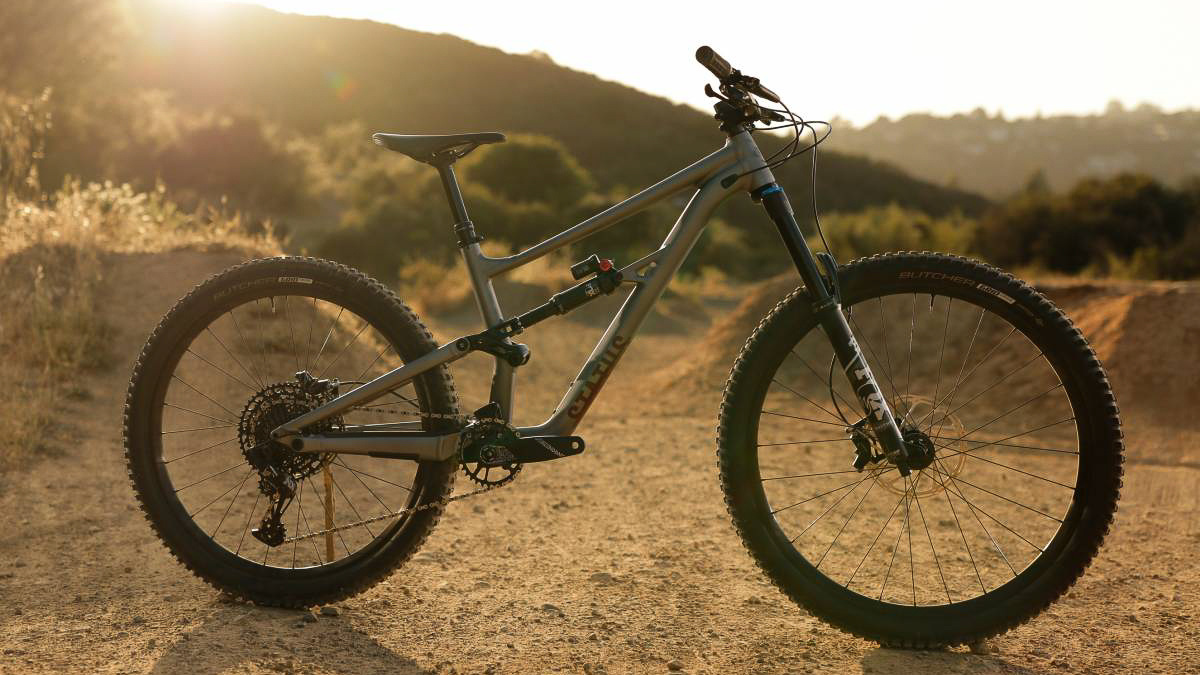
And the reasons why perhaps you shouldn't...
Again, it's a questionable choice, to some it looks weird, but you'll stand out from the crowd.
A major drawback with mullet bikes is cost and potentially the need to purchase two rear wheels. It may be hard to find a retailer to sell you mixed 29er and 650b wheels or a customization service.
Tuning your bike to a mullet set-up is not as simple as just swapping a wheel, mainly due to the difference in your fork height. A fork designed for a bigger wheel has a taller axle to crown height than a comparable smaller wheel fork, although this isn't necessarily a bad thing if you like to tinker with your bikes.
The overall geometry of the bike you're converting will change, in some cases, dramatically, and it won't work on all bikes. Before you mullet your bike, it is important to contact the supplier first, to get their confirmation if the bike is designed for or suitable for mixed wheel size.
Mullet bikes haven’t been on the market for very long, and the relatively high prices reflect this design as a breakout trend. There’s still a lot less choice than regular symmetrical-wheel bikes, and riders on a lower budget might struggle to find pre-owned mullet MTBs.
A mullet bike can also be imbalanced, the mixed-wheel setup means that the mullet bike is fundamentally less balanced than an equivalent symmetrical-wheel version. It’s easy to feel like you’re not properly centered on the bike, which can be a problem on hill climbs. To get the best performance possible, you’ll have to ensure that your mullet MTB is tuned precisely.
For some courses or riding styles, a mullet setup could also be slower. On flatter courses a smaller rear wheel will be more likely to get caught in holes making it harder to carry speed, this is the main reason that you don't see mixed wheels on cross-country mountain bikes.
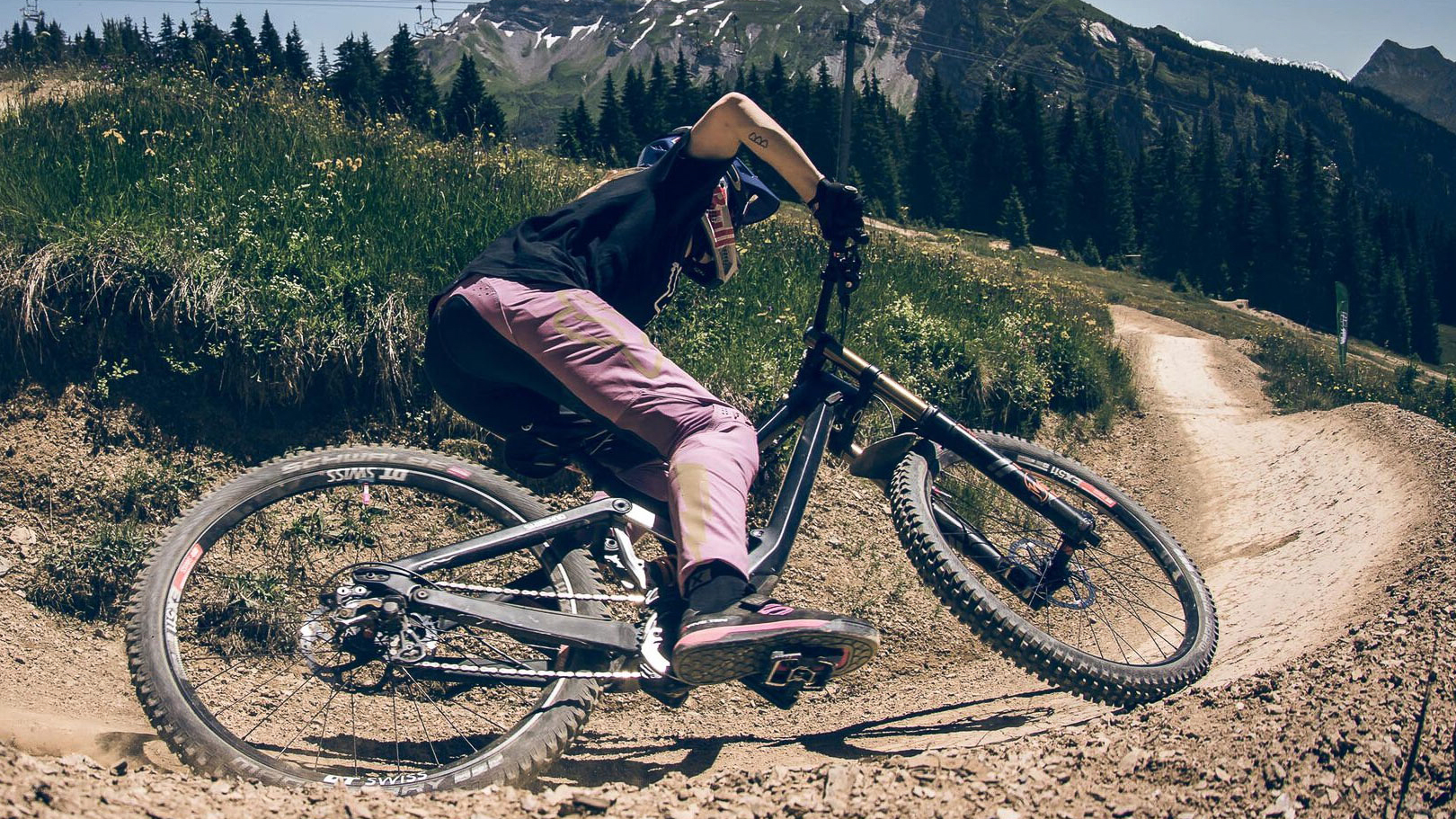
So, like the infamous haircut, there's plenty to mull over before you make the decision. Should you try a mullet? 100 percent. They’re fun! If you like a bike that’s super responsive and playful, but don’t want to give up the rolling benefits of a big wheel, this could be for you.
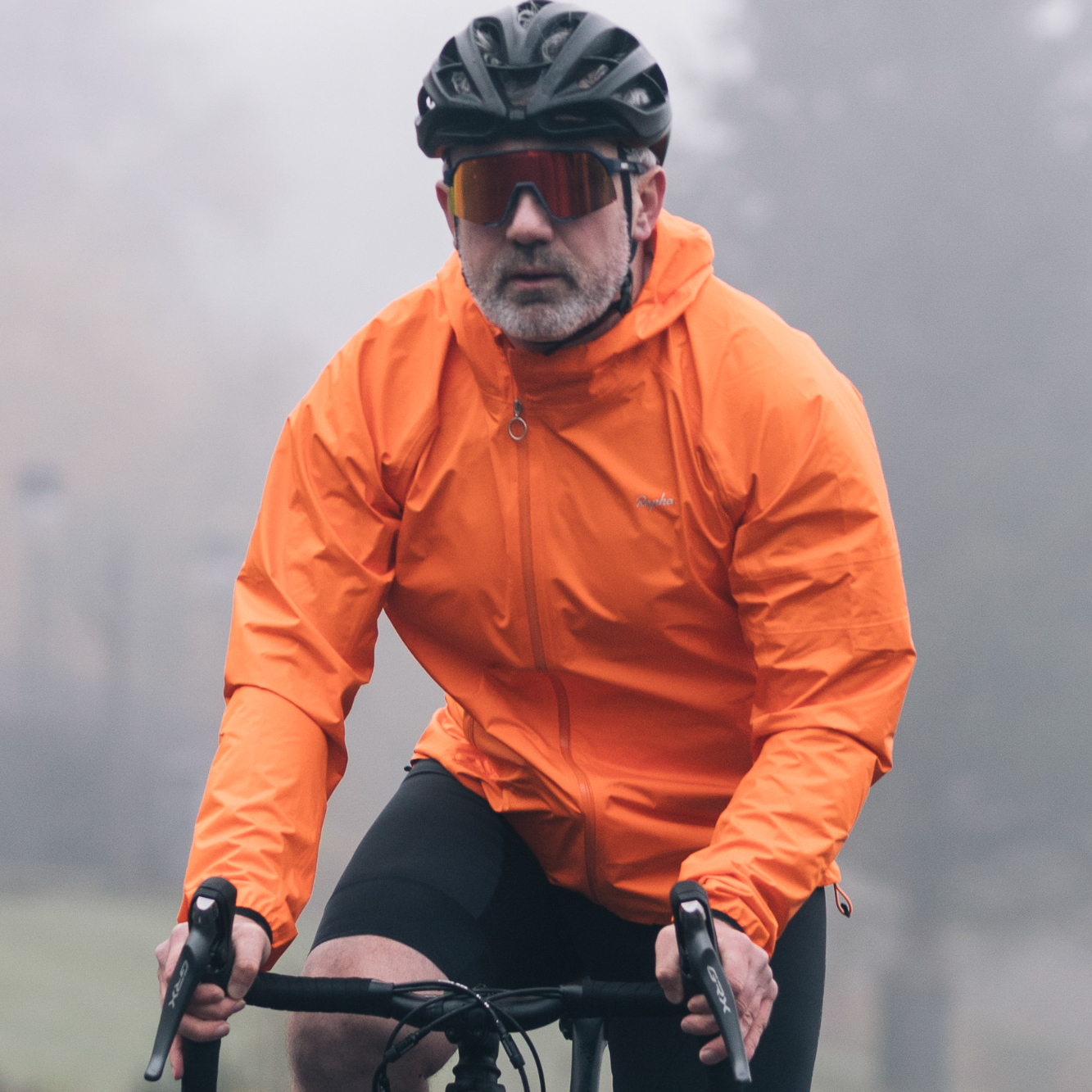
Paul Brett joined BikePerfect as a staff writer in 2022. He has been an avid cyclist for as long as he can remember, initially catching the mountain biking bug in the 1990s, and he raced mountain bikes for over a decade before injury cut short a glittering career. An award-winning photographer, when not riding a bike, he can be found at the side of a cyclocross track or a downhill mountain bike world championship shooting the action. Paul was the founder, editor and writer of Proper Cycling magazine, and he's traveled the world interviewing some of the biggest names in mountain biking and writing about some of the biggest cycling brands.
Current rides: Canyon Inflite, Specialized Diverge, Marin Alpine Trail 2
